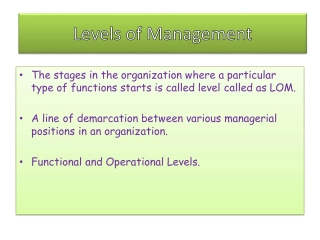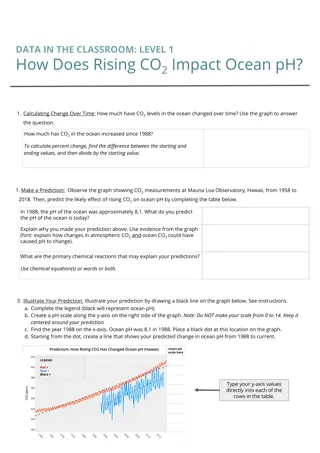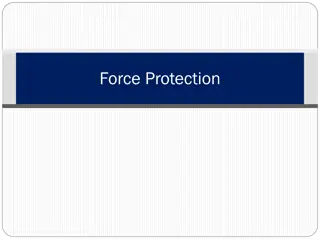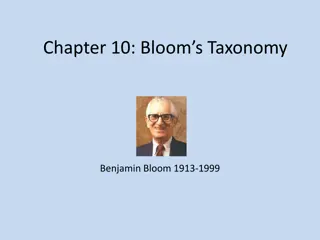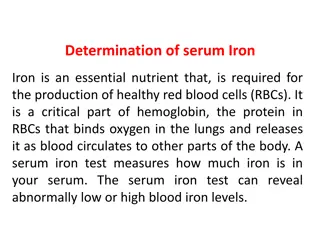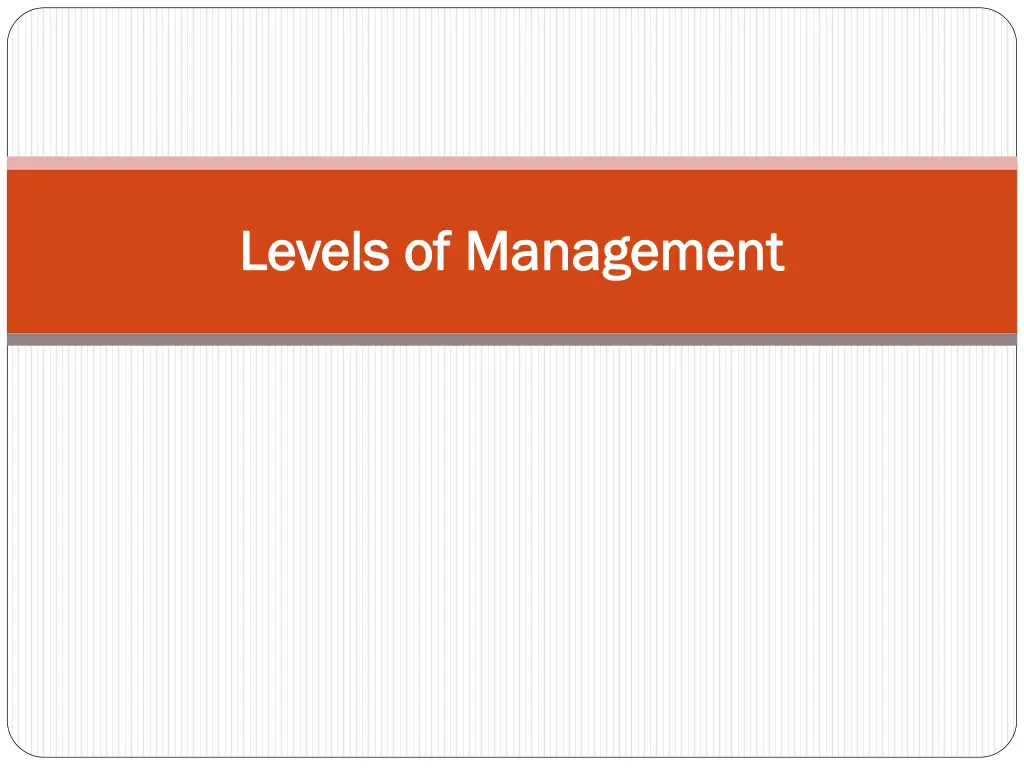
Understanding Levels of Management in Organizations
In an organization, managers are classified into three levels: Top-Level Management, Middle-Level Management, and Lower-Level Management. Each level has distinct responsibilities and functions, contributing to the overall efficiency and effectiveness of the organization. Top-level management focuses on decision-making and strategic planning, while middle-level management acts as a communication channel between top and lower management. Lower-level management is responsible for supervising workers and ensuring smooth operations. Understanding these levels of management is essential for organizational success and growth.
Download Presentation

Please find below an Image/Link to download the presentation.
The content on the website is provided AS IS for your information and personal use only. It may not be sold, licensed, or shared on other websites without obtaining consent from the author. If you encounter any issues during the download, it is possible that the publisher has removed the file from their server.
You are allowed to download the files provided on this website for personal or commercial use, subject to the condition that they are used lawfully. All files are the property of their respective owners.
The content on the website is provided AS IS for your information and personal use only. It may not be sold, licensed, or shared on other websites without obtaining consent from the author.
E N D
Presentation Transcript
Levels of Management Levels of Management
Levels of Management Levels of Management In an organization managers differ in their status and power. There is a line of demarcation that distinguish managers on the basis of powers and authority they enjoy. There are generally three levels of management in any organizations. - Top Level Management: Top level management,also called functional management or strategic management, It is the topmost decision-making body in the organization. It is the ultimate source of power and authority. Functions of Top-Level Management: Planning & Decision Makings are main function of top-level management. which includes formulating of basic policies, making corporate plan, deciding the corporate goal and take decisions regarding survival,growth and profitability of the organization as a whole. They decide the structure or the organization and appoint various executives. It comprises of directors selected by the owners or shareholders of the organization along with chief executives officer (CEO), general managers, managing directors, chairman etc.
Levels of Management Levels of Management Middle Level Management The managers in the middle level are appointed to act as a channel of communication between the top level and lower-level management. They are responsible for communicating and interpreting the policies made at the top level to the lower management along with coordination between various units at the lower level. Functions of Middle-Level Management: Their main function is concerned with overall functioning of their respective departments which includes departmental plans, establish departmental goals and perform various activities for smooth functioning of their department. This level comprises of departmental heads,deputy managers etc. -
Levels of Management Levels of Management - Lower-Level Management Lower-level management, also called operative management or supervisory management consists of supervisors,foremen,superintendents etc. They are responsible for taking decisions which are of routine nature. They directly guide,instruct and supervise the job of workers. The managers at lower level responsible to ensure discipline among the workers, evaluate their performance and report to the higher authorities. They are also entrusted with communication of workers grievances to the higher management. They act as a link between the middle management and the workers at the lowest level.

